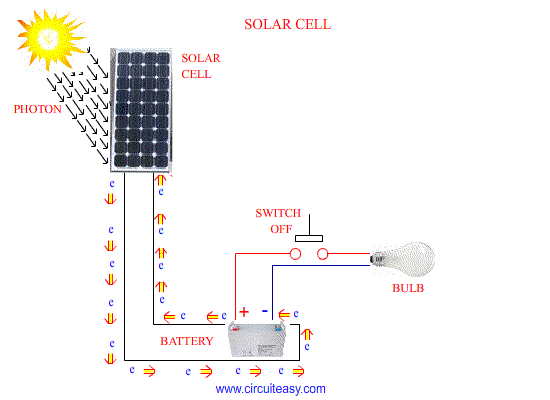Perhaps the biggest advantage of solar photovoltaic devices is that they can be constructed as standalone systems to give outputs from microwatts to megawatts.
That is why they have been used as the power sources for calculators, watches, water pumps, remote buildings, communications, satellites and space vehicles, and even megawatt-scale power plants.

In the early days of solar cells in the 1960s and 1970s, more energy was required to produce a cell than it could ever deliver during its lifetime. Since then, dramatic improvements have taken place in the efficiencies and manufacturing methods.
In 1996, the energy payback periods were reduced to about 2.5 to 5 years, depending on the location of use (Nijs 1997) while panel lifetimes were increased to over 25
years.
The costs of photovoltaic panels have come down from about $30 to $3 per peak watt over the last three decades and are targeted to reduce to around $1 per peak watt in the next ten years. Even the $3/W costs of solar panels results in system costs of $5–$7/W, which is very high for on-grid applications.
Please click http://anto-hendarto.blogspot.com/2011/07/photovoltaics-in-indonesia.html for theory of solar cell.
No comments:
Post a Comment